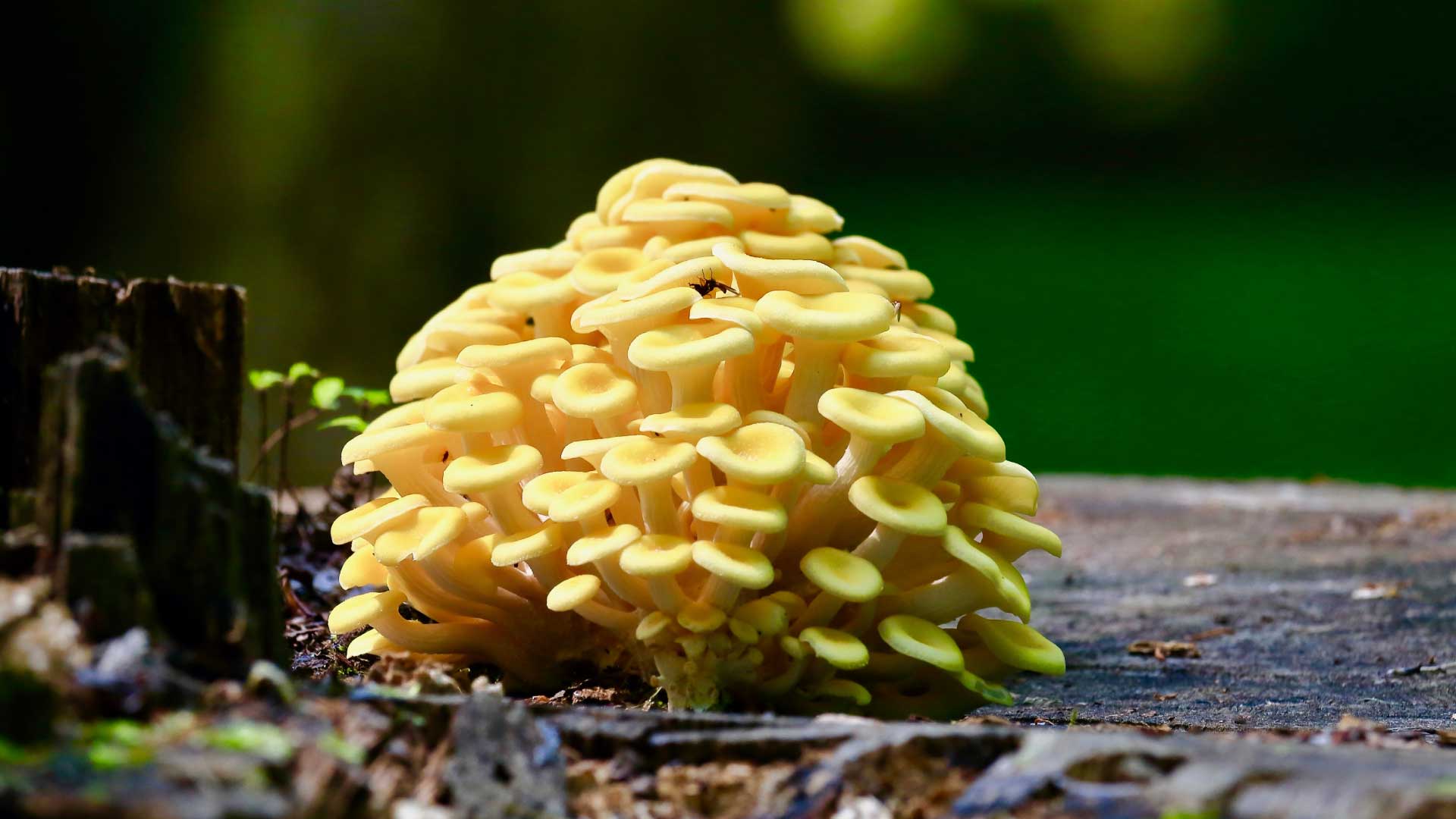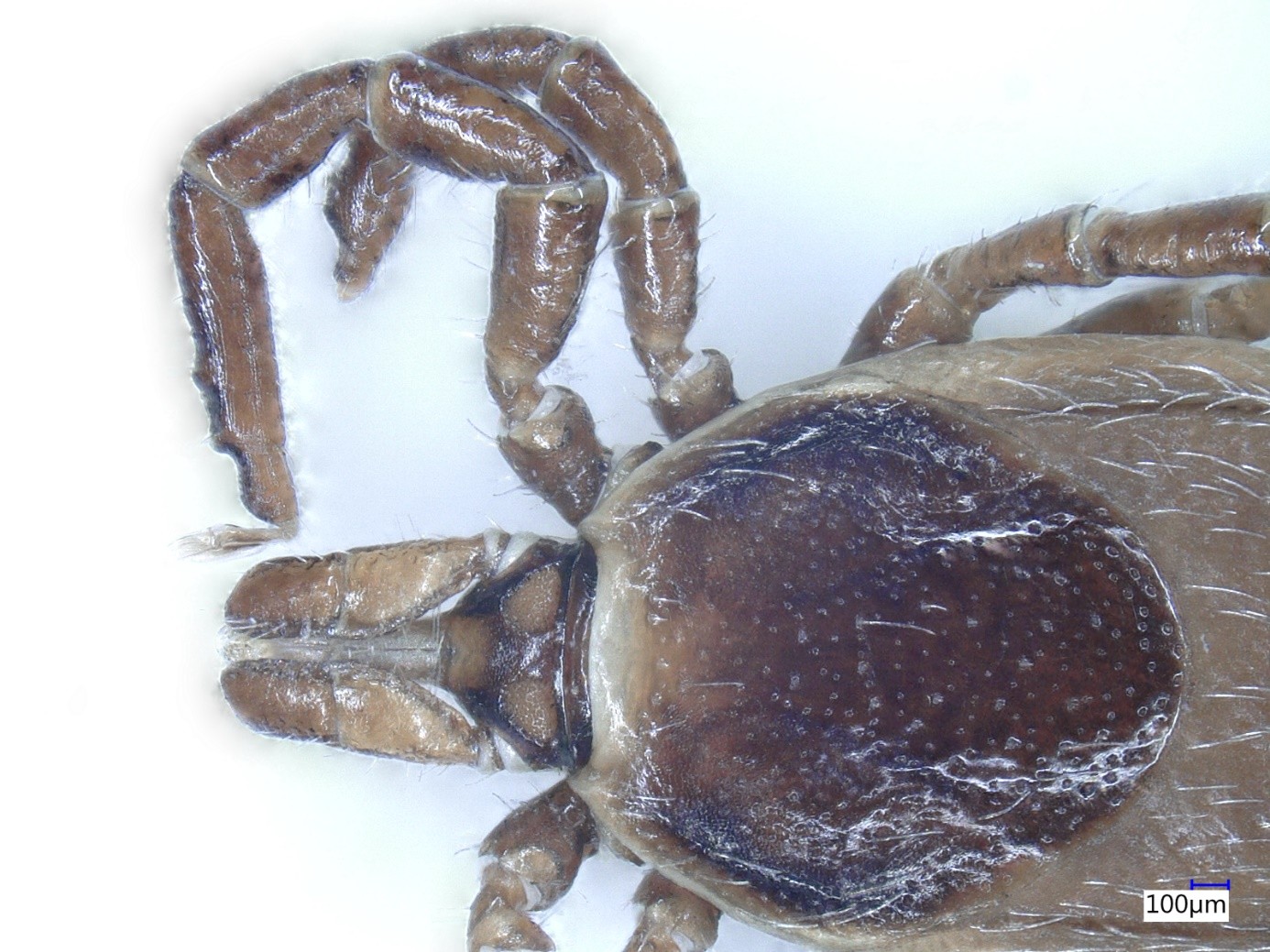Hungarian researchers' novel method to advance mycobiological analysis
Macrofungi have been at the forefront of research in recent decades, as they produce metabolic compounds that are typically unique to specific fungal species. The method developed by the Plant Protection Institute at the HUN-REN Centre for Agricultural Research (HUN-REN CAR NÖVI) separates antioxidant and antimicrobial substances in two stages, while reducing the quantity of interfering components. This development can be used in further experiments.

Macrofungi are capable of producing numerous primary (e.g., trehalose, beta-glucans, lectins) and specialised, known as secondary (e.g., alkaloids, phenolics, steroids) fungal-specific metabolites. During the analysis of fungal samples, various organic solvents are used to extract bioactive compounds, primarily secondary metabolites. However, these samples also contain significant amounts of molecules that are considered contaminants from a detection perspective. For example, the typically high levels of linoleic acid impair the detectability of other bioactive substances in various bioassays coupled with chromatography.
The method developed by HUN-REN CAR NÖVI overcomes this problem by reducing the amount of contaminants while separating antioxidant and antimicrobial substances in two stages based on their bioactivity. This approach enables the individual examination and isolation of these molecules. "The method is based on what is known as solid-phase extraction (SPE), which is primarily used to concentrate specific substances, such as mycotoxins and contaminants in water samples, but can also be used for the analysis of toxins in macrofungi," says HUN-REN CAR NÖVI researcher Daniel Krüzselyi.
The process employed the simultaneous use of two fillers of different chemical character (C18and silica), and then dissolving the fungal extract from the filler using two different solvents. In the first step, water-soluble substances, including those with antioxidant properties, were extracted. In the second step, predominantly small-molecule antimicrobial substances were dissolved using methanol. This method removed 98% of linoleic acid from the sample, significantly improving the detectability of other bioactive compounds. "The development by HUN-REN CAR NÖVI can make a significant contribution to the analysis of bioactive compounds in macrofungi in the future," the researcher added.

